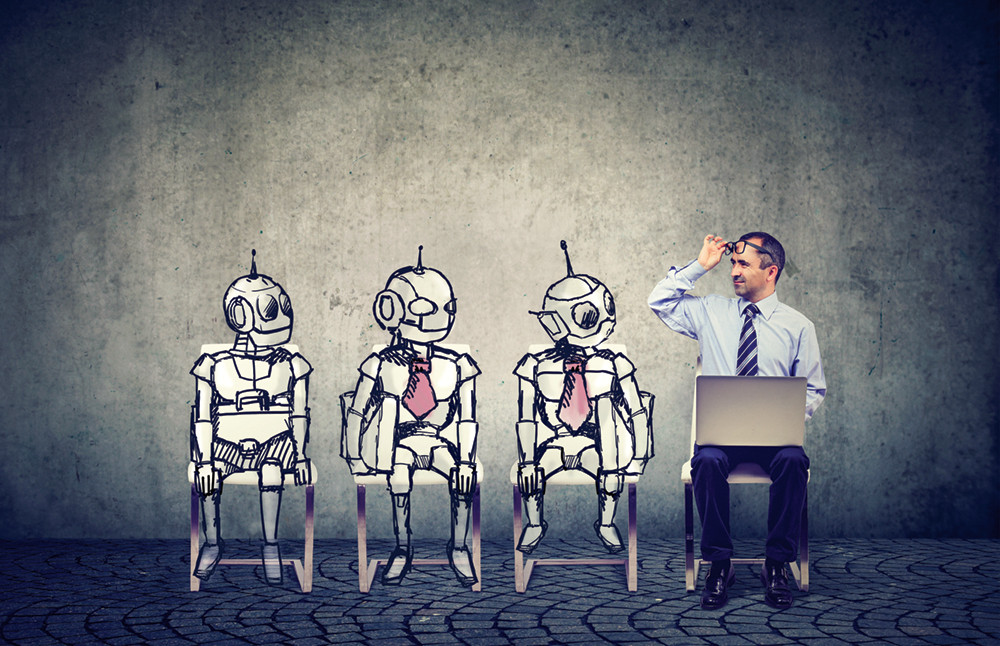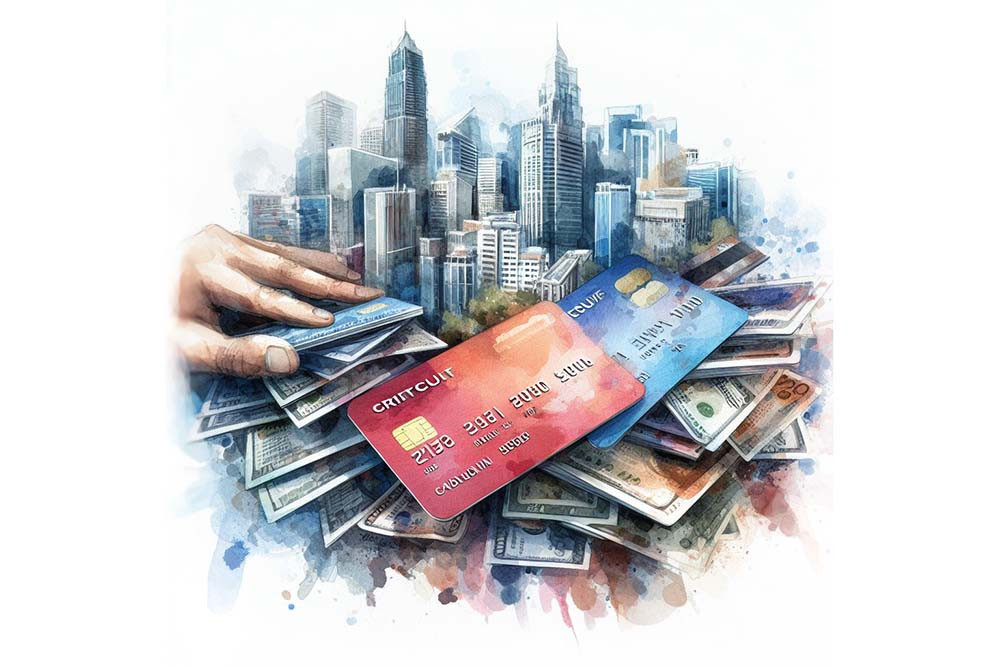
-
A guide to Frédéric Bastiat’s timeless lesson
The Lesson
Bastiat encourages us to consider the unseen. What do we not see in this story? We don’t see what the baker would have spent his money on if he didn’t have to spend it on repairing his window. In Bastiat’s original version, the unseen purchase is a new pair of shoes. In Hazlitt’s famous retelling of the same story, he says the baker would have bought a new suit. It doesn’t matter what the baker would have spent his money on – all that matters is that we see that repairing the window is costly. The baker must forgo his previous plans for the money because it must now be used to repair the window. This means that the broken window does not represent new spending and new employment. It has only redirected spending and changed who is employed. Instead of a cobbler or tailor getting business, a glazier does.Savings do not represent idle money – savings represent money set aside for a purpose. Even an emergency fund has a purpose, which is to relieve the saver’s uncertainty surrounding certain prospectsBut it’s worse than just a neutral transfer of spending. The community is worse off because a valuable good was destroyed. It will forever lack in terms of material well-being compared to the scenario in which the window was never broken. Even after the window is repaired, the baker will lack a pair of shoes or a new suit or whatever he wanted to have and enjoy. Since the baker is a part of the community, the community is that much worse off. The lesson is this: we must consider all affected parties, not just the ones we see. Similarly, we must consider the long-term consequences, not just the short-term. This applies to government policy, natural disasters, and all other events big and small in the world.
What if the baker was going to invest in his business or plainly save the money?
But what if the baker wasn’t going to purchase a consumer good? What if he was going to purchase a capital good, or plainly save his money? Does the logic hold up? Let’s first consider a case in which the baker was planning on using the money to upgrade his oven. The oven he has is small and takes a long time to heat up. If he purchases the new oven, he would be able to bake many more treats for the town. Suppose that the baker was planning to purchase the new oven in the afternoon, but in the morning, the hooligan breaks his window. Just as before, what is seen is that the glass repair business gets a boost. What is unseen is the entire chain of events that would have occurred if the window was not broken. Despite this, the unseen is crucial for seeing the full effect of the broken window. The cost of the window is more than the money spent repairing it. It is the forgone cakes and pies that will never be baked and enjoyed. So, the lesson does not hinge on the baker purchasing a consumer good. The broken window is costly even if the baker’s plans were to purchase an oven, and not shoes or a new suit. But what if he had planned to save the money instead? What if the money was just going to sit in his safe? Certainly in this case the broken window represents a spark of new spending, because the alternative was for the money to sit idly in the form of the baker’s savings, right? Once again, this conclusion ignores the unseen. Saving is just future spending. Consider the fact that the baker had to save his money before he could purchase the new oven or the suit. He had to set aside money over time before he could accumulate enough to make his purchase. Said another way, we save for a reason. Savings do not represent idle money – savings represent money set aside for a purpose. Even an emergency fund has a purpose, which is to relieve the saver’s uncertainty surrounding certain prospects (perhaps for unexpected property destruction!).The Big Picture
Bastiat concluded that a good economist looks out for the unseen. He applied this same principle to government subsidised theatre and fine arts, public works for the sake of employment, protectionism, machinery that displaces workers, and other government interventions in the realms of credit and saving. He showed that in each case, the arguments for government spending, taxes, and regulation neglect the unseen costs of each policy. If the government decides to give a boost to the theatre, it comes at the expense of all other business. If workers are channeled into infrastructure projects of dubious value, then the workers are equally channelled away from productive and profitable employment elsewhere. If a local business is protected by import tariffs on foreign competitors, the unseen cost is how all of those resources tied up in the business on life-support would be used profitably in other employments. So, you see how Bastiat used the same idea to combat all the erroneous economic thinking of his day. Many of his arguments boil down to reminding us that There Ain’t No Such Thing As A Free Lunch (TANSTAAFL). You cannot get something from nothing – everything comes at a cost. This applies to private business, consumers, and government.Machinery and Employment
Let us take a closer look, however, at his analysis of machinery and how it displaces workers. First of all, Bastiat admits that new inventions do indeed cause some workers to lose their jobs. He does not dispute this, as it is a part of the seen consequences of new technology. Bastiat, however, wants us to look further, beyond the unhappy worker who lost a job, at least for a time. When we look for the unseen, we consider that if the technology is a cost-saving one, the entrepreneur can now produce the same amount and keep more of the revenues for himself. This addition to his income turns into demand for other goods and services, which attracts employment in those areas. While it might be a stretch to assume that the laid-off worker gets a job in that exact industry, it is not a stretch to see that in the overall flux in the market for labor, there is no permanent damage – there is still a spot for everybody who wants a job. Moreover, the invention increases the productivity of the entire community, meaning that consumers in general now have additional and/or higher quality goods to enjoy. Bastiat said that this is most obvious when the prices of the product made with the new technology decrease through the competitive market process. Cost-savings and the increased profits associated with them are fleeting as businesses battle each other by attracting buyers with lower prices. Therefore, if we prevent the use of labour-saving technology, we do so at our own peril. We impoverish ourselves and arrest the progress of human ingenuity and its benefits.Economic Fallacies are Alive Today
Even though Bastiat wrote That Which is Seen, and That Which is Not Seen in 1850, we see the same errors committed today that he saw in his own day. Henry Hazlitt attributed the proliferation of fallacies in economics to the fact that economic policy creates winners and losers. He began Economics in One Lesson, a book that popularised Bastiat’s ideas for a 20th century audience, this way: Economics is haunted by more fallacies than any other study known to man. This is no accident. The inherent difficulties of the subject would be great enough in any case, but they are multiplied a thousandfold by a factor that is insignificant in, say, physics, mathematics, or medicine—the special pleading of selfish interests. While every group has certain economic interests identical with those of all groups, every group has also, as we shall see, interests antagonistic to those of all other groups. While certain public policies would in the long run benefit everybody, other policies would benefit one group only at the expense of all other groups. The group that would benefit by such policies, having such a direct interest in them, will argue for them plausibly and persistently. It will hire the best buyable minds to devote their whole time to presenting its case. And it will finally either convince the general public that its case is sound, or so befuddle it that clear thinking on the subject becomes next to impossible.Economics is haunted by more fallacies than any other study known to man. This is no accident. The inherent difficulties of the subject would be great enough in any case, but they are multiplied a thousandfold by a factor that is insignificant in, say, physics, mathematics, or medicine—the special pleading of selfish interestsWe see the broken window fallacy with every major natural disaster and every infrastructure programme. After each hurricane, we see a slew of articles from journalists eager to point out the “silver lining” of mass destruction: the repair work will “stimulate the economy” they say. Schools around the US still teach that FDR’s New Deal and World War II are what ended the Great Depression. Politicians still campaign on “bringing the jobs back” to the US via steep import tariffs and other protectionist measures. And articles about how artificial intelligence and robotics endanger virtually everyone’s job security and the entire economy are a regular sight.
How Did Bastiat Do It?
Bastiat accomplished a lot in his essay. One of his impressive feats was seeing through the veil of money. He was not hypnotised by what 20th century economists called “the money illusion.” Bastiat saw that what mattered for consumers is the real goods and services they can enjoy. What really matters for productivity is capital accumulation and technology. It is easy to get distracted by one person’s change in wage or a diversion of spending from one location to another, but Bastiat was able to see and analys e the real economy beneath the nominal. More importantly, Bastiat showed that good old-fashioned logic and reason prevail by consistently applying the same common-sense principle – that we should consider all of the effects and not just the most visible or immediate effect. We should think through the problems of our day and political proposals clearly and comprehensively. We must not neglect the unseen! In so doing, Bastiat showed that the state is not immune to the laws of economics. Governments do not get a pass when it comes to scarcity and tradeoffs. Everything comes at a cost, even (or especially) the seemingly wondrous works of a generous government. Bastiat reminded us that governments have nothing except what has been taken from the private economy. Finally, Bastiat is an excellent example for us to follow when disagreeing with others. You must read Bastiat’s essay for yourself to see what I mean here. He never compromised on what he knew to be true, but he also gave credit to his opponents wherever he could. He never disputed the seen consequences, and he frequently made disarming comments like, “There is certainly much to be said on both sides of this question.” Bastiat cleverly used these points of agreement (even if they are tenuous) as a springboard for his own full analysis. It goes a long way toward convincing the reader that he is on their side in seeking the truth of the matter. Source: fee.org READ ALSO:
Published Date: December 4, 2022, 12:00 am
Post Comment
E-Magazine
RELATED Economics





